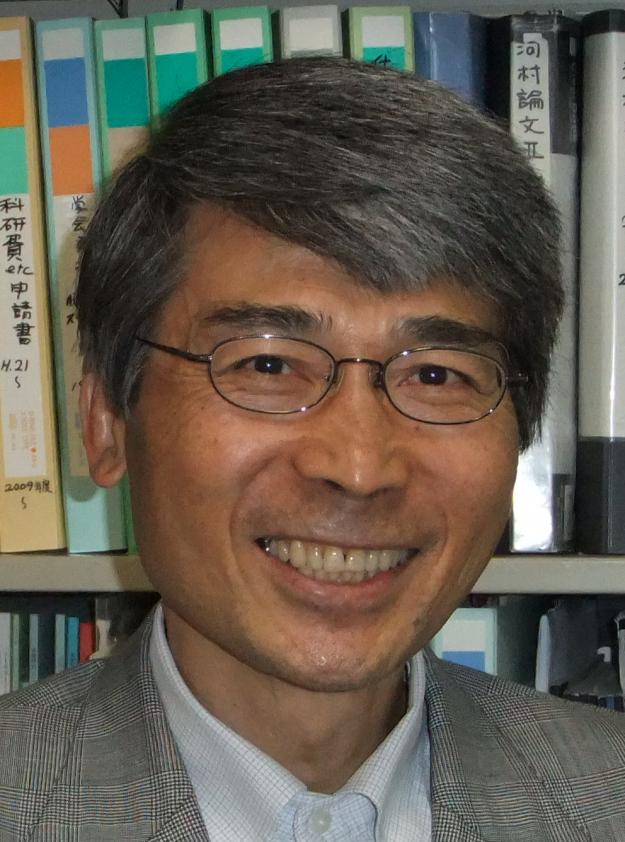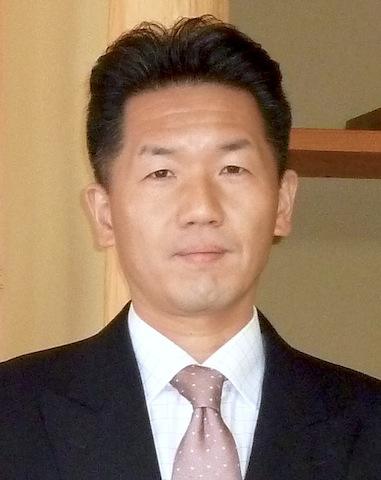2013 Haagen-Smit Prize Winners
The Executive Editors and the Publisher of Atmospheric Environment take great pleasure in announcing the 2013 ''Haagen-Smit Prize'', designed to recognize outstanding papers published in Atmospheric Environment. The Prize is named in honor of Prof. Arie Jan Haagen-Smit, a pioneer in the field of air pollution and one of the first editors of the International Journal of Air Pollution, a predecessor to Atmospheric Environment.
Nomination Letters


 Kawamura, K., H. Kasukabe and L. A. Barrie, Source and reaction pathways of dicarboxylic acids, ketoacids and dicarbonyls in arctic aerosols: One year of observations. Atmos. Environ., volume 30, 1709-1722 (1996)
Kawamura, K., H. Kasukabe and L. A. Barrie, Source and reaction pathways of dicarboxylic acids, ketoacids and dicarbonyls in arctic aerosols: One year of observations. Atmos. Environ., volume 30, 1709-1722 (1996)
This paper is nominated for the 2013 Haagen-Smit Prize in recognition of its excellent contribution to the studies on polar organic compounds including oxalic and other dicarboxylic acids in the High Arctic troposphere. With a record of over 220 citations, it is also one of the most frequently cited papers in the study of water-soluble organic aerosols on molecular levels.
Kawamura and colleagues discovered an enhanced production of small dicarboxylic acids (e.g., oxalic, malonic, and succinic acids) in the ambient aerosols from the High Arctic Alert during "Arctic Sunrise" in March to April. The concentrations of dicarboxylic acids became 5 to 20 times more abundant than in the preceding dark winter months depending on the species, demonstrating that they are produced in situ by secondary photochemical oxidation of organic pollutants carried by long-range atmospheric transport to the Arctic from middle and low altitudes during winter to spring. Based on the detailed analyses of molecular compositions of dicarboxylic acids and related compounds, Kawamura and colleagues proposed chain-reactions of oxygenated organic molecules for the production of oxalic acid that is an end product and thus accumulates in the ambient aerosols.
Oxalic acid and related compounds are now recognized as one of the most abundant organic compound classes in the tropospheric aerosols from different locations of the globe. Because of their hygroscopic properties, these water-soluble organics have been recognized to act as cloud condensation nuclei and have an influence on the Earth climate. Kawamura et al. Atmospheric Environment paper has stimulated the community of organic aerosol studies and contributed significantly to the progress of understanding of the formation of oxalic acid and related compounds in the troposphere.
Thus, I strongly recommend that the Haagen-Smit Prize be awarded to this pioneering paper.
Nominator: S. Hatakeyama, Tokyo University of Agriculture and Technology, Japan
Prof. Kimitaka Kawamura, Institute of Low Temperature Science, Hokkaido University, Sapporo, Japan (kawamura@lowtem.hokudai.ac.jp)
Prof. H. Kasukabe
Prof. Leonard Barrie, Department of Geological Sciences, Stockholm University, Stockholm, Sweden (leonard.barrie@geo.su.se)
Our congratulations go to the authors of the outstanding paper selected for the 2013 Prize. We would also very much like to thank all the nominators for their effort and note that unsuccessful nominations are eligible for consideration again next year. We further take this opportunity to acknowledge the conscientious effort of the selection committee, made up of members from six countries, in arriving at a clear and timely decision.
Hanwant B. Singh, Peter Brimblecombe, and Chak Chan
Editors in Chief of Atmospheric Environment.
Bethan Keall
Publisher, Elsevier Science.
